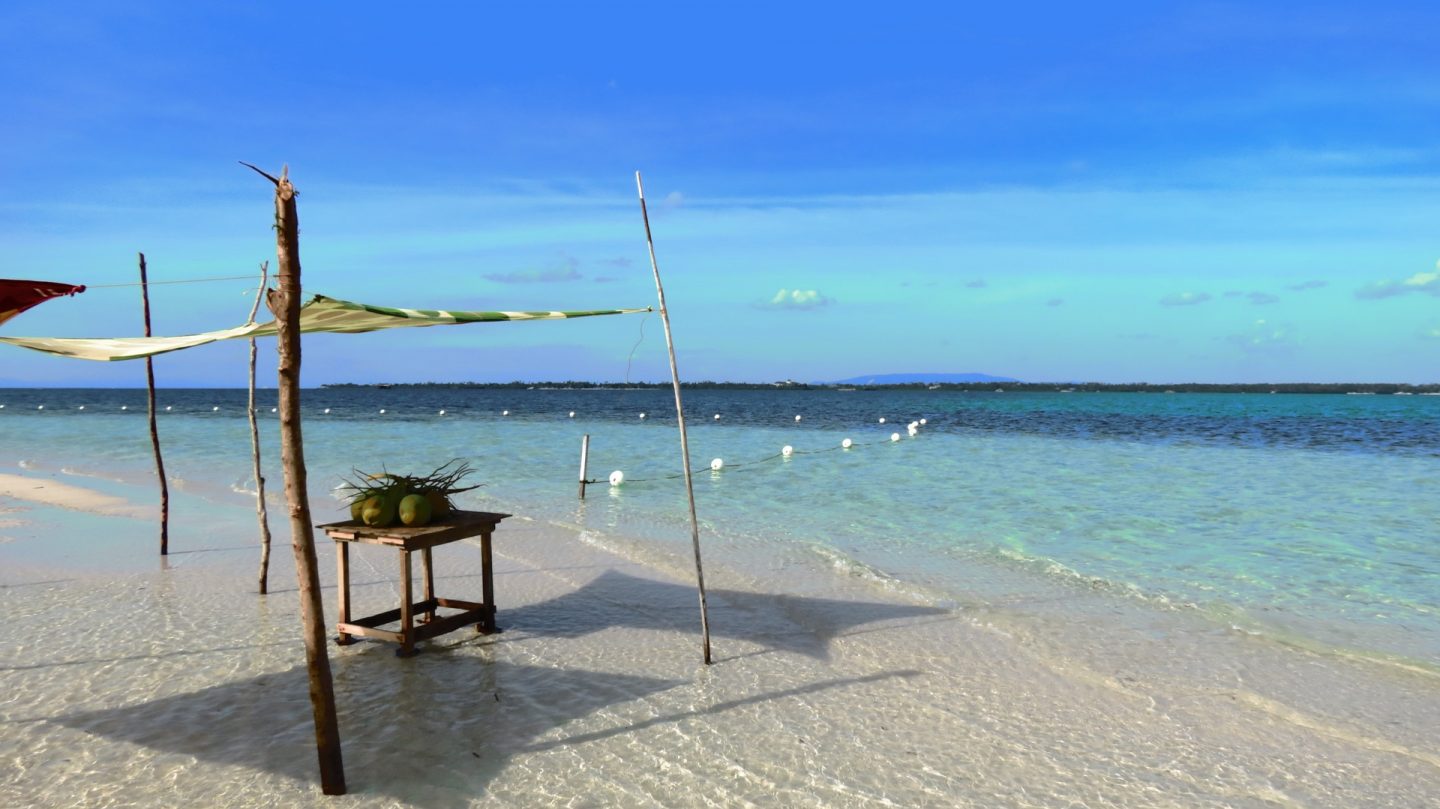The Philippines is home to over 7000 islands. Most visitors fall in with its beauty instantly, but you do need to be trip savvy to enjoy your visit. Here’s our essential tips:
Itinerary:
Limit yourself. Don’t be over ambitious. There’s a vast choice of locations and islands, but, as travel times are long, it’s best to stick to a maximum of 2 or 3 islands in a 2-3 week visit.
Transit times can take 3 times longer than elsewhere. This is due to serious city traffic, speed limits and ferry and plane delays.
Flights are far more efficient time-wise than ferries and can be as cheap. If you travel by ferry, try to avoid longer trips unless you have no time constraints.
Hygiene:
Tap water is not safe to drink. We suggest refilling your bottles at reputable hotels and cafes.
Toilet paper is rare in public loos. Carry a roll with you.
Sanitiser many toilets don’t have working sinks, so carry hand sanitiser.
Typhoons:
With up to 10 typhoons per year hitting the Philippines, you will need to be alert. The typhoon season is from May/June to September, with July/August being most at risk
Staying connected:
WiFi is limited, weak or non-existent in many places outside the large cities. So plan ahead and inform your friends and family of your plans.
Or invest in your own WiFi hotspot like Netgear’s Nighthawk M1 Mobile Router or Skyroam Solis.
Power cuts are common and sometimes last for half a day or more. Keep your devices charged when you can or invest in back up batteries.
Scams:
Taxis – avoid them, even the locals do. If you have no choice, insist on using the meter and never get in an unsolicited taxi. We recommend Grab the local version of Uber instead.
Card skimming and ATM fraud:
Choose your ATM carefully. Some chew your card and some have skimming devices attached to them. Also, beware shopkeepers taking their time in case they are copying your details.
Safety:
Terrorism and kidnapping are real threats for western nationals in a few areas of the Philippines. Avoid Mindanao and the Sulu archipelago. Check the latest information with the FCO before and during your visit.
